Patrik left a very nice comment this morning:
Having just read the PHD-book, I feel quite happy to say it is the most concise and insightful book on diet I have ever read. Coming from a Kwasniewski/OD background I feel it takes his concepts forward in very important ways (food toxins, O6 avoidance etc) while maintaining ODs fundament (like the starch-recommendation to just barely use the GNG mechanism). As a software-developer I appreciate that this leads to a diet that is fault-tolerant and have redundancy in achieving good nourishment.
Thank you Patrik! That’s about as concise and generous a review as an author could hope for.
Framing everything in terms of toxicity and nourishment is the major innovation of our book. Thinking in those terms is especially important, I believe, for weight loss — this week’s topic. More on that shortly.







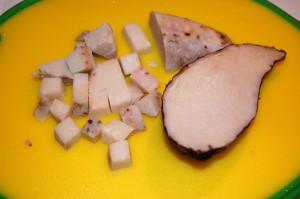
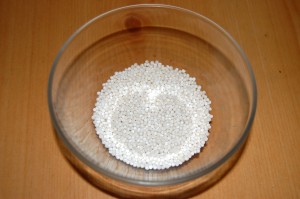
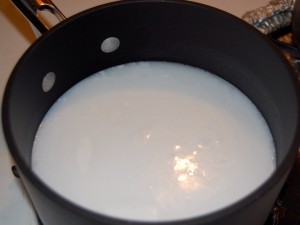
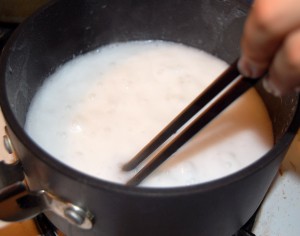
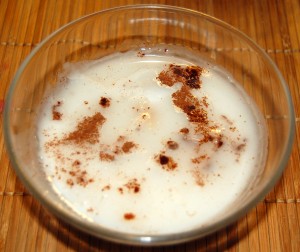

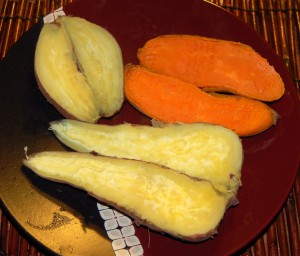




Recent Comments